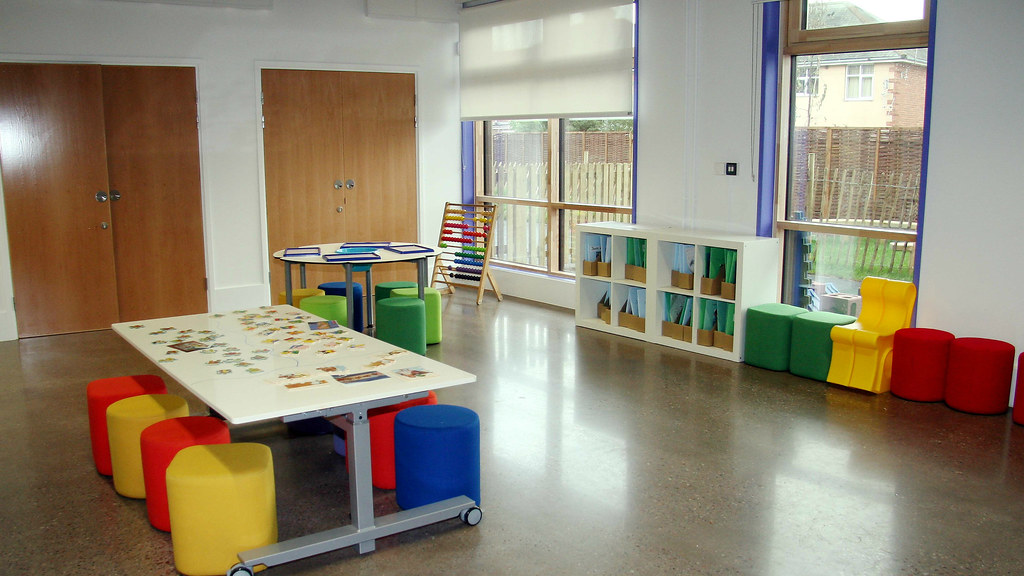Montgomery Primary School is England’s first zero-carbon PassivHaus school. Professor Coley first designed such a school on paper over twenty years ago, but the realisation has only been possible due to the enthusiasm of Devon County Council and the Department for Education.
The 450-pupil school opened in November 2011, and has now completed a rigorous certification process which marks a key milestone for the UK’s building industry. On the same day, two other schools in England received PassivHaus certification, however only Montgomery Primary School can claim to be a zero-carbon school.
PassivHaus claims to be the fastest growing energy performance standard in the world, with over 30,000 buildings realised to date. The aim of PassivHaus buildings is to give extremely high levels of thermal performance, achieved through the use of materials such as triple glazed windows, super insulation and heat reclamation.
David Coley, Professor of Low Carbon Design, said: “I have been carrying out research into PassivHaus technology for over twenty years, and in that time I have seen the technique grow in use outside the UK, especially in Germany where over 20,000 buildings have been realised.
“I worked closely with Devon County Council and the Department for Education, and the result is a zero-carbon purpose-designed building that will require almost no heating and is fit for purpose until at least 2080.”
Professor Coley’s preparation for the school involved studies of the Met Office’s weather predictions for the next seventy years, and the resulting designs for the school ensure that its insulation and heating/cooling properties will continue to be effective over this time.
The power required by the school is taken from photo-voltaic panels on the roof which provide heat and power. Zero-carbon use is maintained by reducing the amount of heat and power required to run the building, through only allowing low-energy use appliances, preventing the loss of heat from the building through super-insulation and by using the heat generated by the occupants’ bodies.
Professor Coley said: “Montgomery Primary School is essentially an unheated building. It isn’t a sealed box, as the comfort of the users is paramount; however the heat in the air leaving the building through ventilation channels is harvested and used to warm the fresh air coming in. There is some heat loss, but this is made up for by the occupation of the building by the heat from the pupils and staff.
“PassivHaus principles allow a maximum amount of energy to be used in a building - usually about ten per cent of a typical modern building. In this school we’re beating that - and all the energy being used is generated by renewable means.”
Arthur Tatchell, Director of Architecture at NPS (Group) Exeter said: “Achieving Passivhaus standard at Montgomery Primary School had been a steep learning curve for all involved in the design and construction process.
“We are very grateful for the assistance given by Warm Low Energy Building Practice, David Coley of the University of Bath, the Zero-Carbon Task Force and Devon County Council in enabling us to develop what we believe is also the first “zero-carbon in use” school in Europe”.


